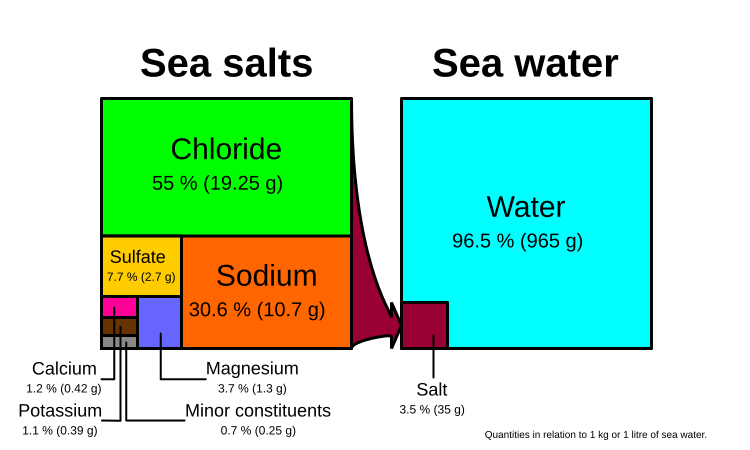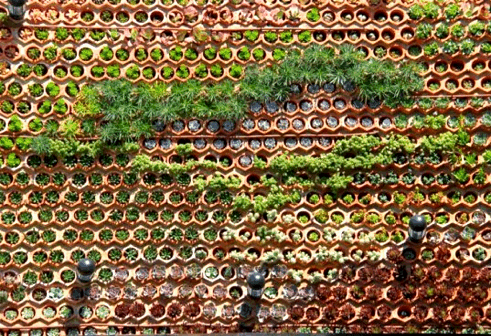 http://en.wikipedia.org/wiki/Sea_salt
http://en.wikipedia.org/wiki/Sea_salt
Sunday, July 24, 2011
Sunday, July 17, 2011
MotherPlants - A Green Roof for your Building
Vines at Lazy S'S Farm - Evergreen Vines
Evergreens / Semi-evergreens
Bignonia - Crossvine
Clematis x cartmanii 'Blaaval'ppaf AVALANCHETMWhite Evergreen Clematis
Decumaria sinensis Chinese Climbing Evergreen Hydrangea
Gelsemium sempervirens Carolina Jessamine
Kadsura japonica 'Fukurin' Variegated Kadsura or Evergreen Magnolia Vine
Lonicera japonica 'Aureo-Reticulata' Goldnet Honeysuckle
Bines not vines
A bine is a climbing plant which climbs by its shoots growing in a helix around a support. It is distinct from a vine, which climbs using tendrils or suckers.
The stems of many bines are rough or have downward-pointing bristles to aid their grip.
The rotation of the shoot tip during climbing is autonomous, and does not (as sometimes imagined) derive from the shoot following the sun around the sky – the direction of twist does not therefore depend upon which side of the equator the plant is growing. This is shown by the fact that some bines always twine clockwise, including runner bean (Phaseolus coccineus) andbindweed (Convolvulus species), while others twine anticlockwise, including French bean (Phaseolus vulgaris) and climbing honeysuckles (Lonicera species).
Snedding - Wikipedia, the free encyclopedia
Hedge laying/ Pleaching - Wikipedia, the free encyclopedia
Fasciation - Wikipedia, the free encyclopedia
Fasciation (or cresting) is a condition of plant growth in which the apical meristem, normally concentrated around a single point, producing approximately cylindrical tissue, becomes elongated perpendicularly to the direction of growth, producing flattened, ribbon-like, crested, or elaborately contorted tissue. The phenomenon may occur in the stem, root, fruit, or flower head.
Fasciation can be caused by a mutation in the meristematic cells, bacterial infection, mite or insect attack, or chemical or mechanical damage. Some plants may inherit the trait.
Fasciation is rare overall, but has been observed in at least a hundred different plant species, including members of Aloe, Celosia, Delphinium,Digitalis, Euphorbia, Forsythia, Primula, Acer, Prunus and many genera of Cactaceae (cactus) and Salix. Cresting results in undulating folds instead of the typical "arms" found on mature Saguaro cactus.[1] Some varieties of Celosia are raised especially for their dependably fasciated flower heads, for which they are called "cockscomb".



